Filter by
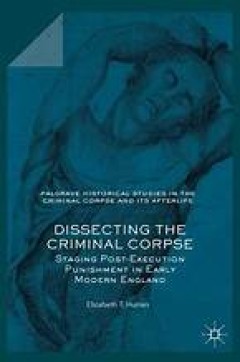
Dissecting the Criminal Corpse
Those convicted of homicide were hanged on the public gallows before being dissected under the Murder Act in Georgian England. Yet, from 1752, whether criminals actually died on the hanging tree or in the dissection room remained a medical mystery in early modern society. Dissecting the Criminal Corpse takes issue with the historical cliché of corpses dangling from the hangman’s rope in crim…
- Edition
- 1
- ISBN/ISSN
- 978-1-137-58249-2
- Collation
- -
- Series Title
- Palgrave Historical Studies in the Criminal Corpse and its Afterlife
- Call Number
- XXX, 326
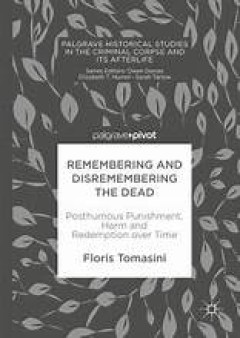
Remembering and Disremembering the Dead
This book is open access under a CC BY 4.0 licence. This book is a multidisciplinary work that investigates the notion of posthumous harm over time. The question what is and when is death, affects how we understand the possibility of posthumous harm and redemption. Whilst it is impossible to hurt the dead, it is possible to harm the wishes, beliefs and memories of persons that once li…
- Edition
- 1
- ISBN/ISSN
- 978-1-137-53828-4
- Collation
- -
- Series Title
- Palgrave Historical Studies in the Criminal Corpse and its Afterlife
- Call Number
- VII, 103

Punishing the Criminal Corpse, 1700-1840
This book analyses the different types of post-execution punishments and other aggravated execution practices, the reasons why they were advocated, and the decision, enshrined in the Murder Act of 1752, to make two post-execution punishments, dissection and gibbeting, an integral part of sentences for murder. It traces the origins of the Act, and then explores the ways in which Act was actually…
- Edition
- 1
- ISBN/ISSN
- 978-1-137-51361-8
- Collation
- -
- Series Title
- Palgrave Historical Studies in the Criminal Corpse and its Afterlife
- Call Number
- XV, 212

Documenting the Armenian Genocide
This open access book brings together contributions from an internationally diverse group of scholars to celebrate Taner Akçam’s role as the first Turkish intellectual to publicly recognize the Armenian Genocide. As a researcher, lecturer, and mentor to a new generation of scholars, Akçam has led the effort to utilize previously unknown, ignored, or under-studied sources, whether in Turkish…
- Edition
- 1
- ISBN/ISSN
- 978-3-031-36753-3
- Collation
- -
- Series Title
- Palgrave Studies in the History of Genocide
- Call Number
- XII, 308
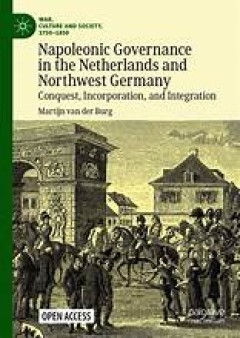
Napoleonic Governance in the Netherlands and Northwest Germany
“Van der Burg presents an innovative transregional study of Napoleonic governance in the often-overlooked northern periphery of the Empire. This book carefully examines the Empire’s administrative structure in the north, focusing on the heterogeneous community of prefects and subprefects as ‘tools of incorporation’, binding the regions to the central state. His rich comparative analysis…
- Edition
- 1
- ISBN/ISSN
- 978-3-030-66658-3
- Collation
- -
- Series Title
- War, Culture and Society, 1750–1850
- Call Number
- XI, 165

E-Cigarettes and the Comparative Politics of Harm Reduction
This open access book offers the first in-depth study of the history and current debates surrounding electronic cigarettes comparing the UK, US and Australia. Since their introduction, e-cigarettes have been the subject of much public, media and regulatory attention, with discussion centring on whether these devices encourage or discourage smoking. This study delves into the history of policyma…
- Edition
- 1
- ISBN/ISSN
- 978-3-031-23658-7
- Collation
- XIV, 144
- Series Title
- -
- Call Number
- -

Translation und Exil (1933–1945) III
Translation und Exil (1933–1945) III fragt nach Motiven, Funktionen und Wirkungen von Übersetzungen. Exil wird oft unter dem Stichwort des Verlusts verhandelt und der Exodus von Gelehrten und Künstlerinnen beklagt. Verlässt man diese nationalstaatlich angelegte Betrachtungsweise und untersucht Personen und Gegenstände konsequent aus der Perspektive des Exils, stellt sich heraus, dass der …
- Edition
- 1
- ISBN/ISSN
- 978-3-7329-9010-8
- Collation
- 420
- Series Title
- Transkulturalität – Translation – Transfer
- Call Number
- -
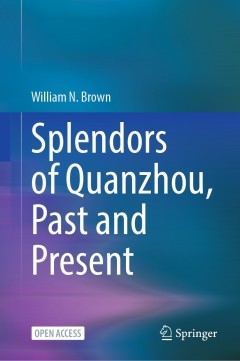
Splendors of Quanzhou, Past and Present
This open access book explores the past and present of Quanzhou (Zayton) and the rich diversity and tolerance that kindled Quanzhou’s innovativeness and helped it prosper both commercially and culturally—values that are today being embraced by China’s global trade partners.
- Edition
- 1
- ISBN/ISSN
- 978-981-19-8036-7
- Collation
- XI, 137
- Series Title
- -
- Call Number
- -
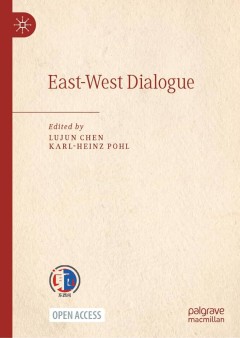
East-West Dialogue
This Open access book is a collection of interviews published by China News Service, a Beijing-based news agency, in its “West-East Talk” column. It has been divided into five sections: “Mutual Learning Among Civilizations,” “Hot Issues,” “About China,” “Sino-U.S. Relations” and “Cultural Collision”. The interviews are with more than 50 eminent scholars, scientists, poli…
- Edition
- 1
- ISBN/ISSN
- 978-981-19-8057-2
- Collation
- XV, 363
- Series Title
- -
- Call Number
- -

Mining Gold and Manufacturing Ignorance
This open access book charts how South Africa’s gold mines have systematically suppressed evidence of hazardous work practices and the risks associated with mining. For most of the twentieth century, South Africa was the world’s largest producer of gold. Although the country enjoyed a reputation for leading the world in occupational health legislation, the mining companies developed a syste…
- Edition
- 1
- ISBN/ISSN
- 978-981-19-8327-6
- Collation
- XIII, 459
- Series Title
- -
- Call Number
- -
 Computer Science, Information & General Works
Computer Science, Information & General Works  Philosophy & Psychology
Philosophy & Psychology  Religion
Religion  Social Sciences
Social Sciences  Language
Language  Pure Science
Pure Science  Applied Sciences
Applied Sciences  Art & Recreation
Art & Recreation  Literature
Literature  History & Geography
History & Geography